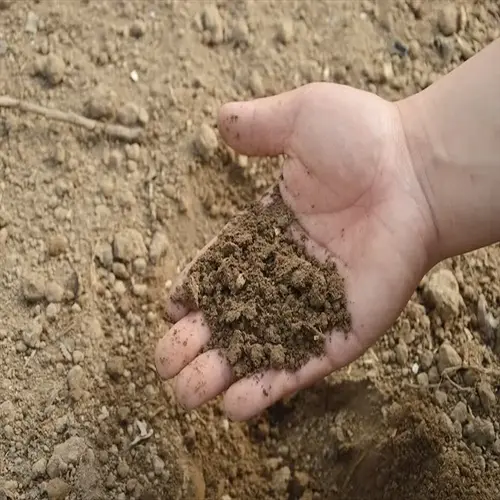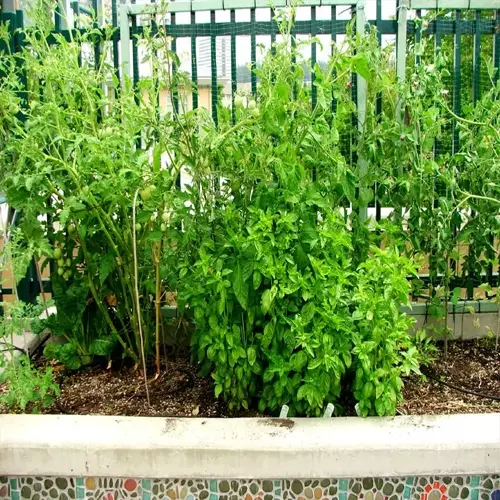Should I remove diseased tomato leaves?

Written by
Olivia Mitchell
Reviewed by
Prof. Charles Hartman, Ph.D.It's necessary to remove diseased tomato leaves, but this must be done properly. As I learned the hard way, I noticed a few leaves in my garden infected with bacterial wilt. I ended up using poor technique, and before I knew it, some blight had spread. Ensure that you use sterilized tools between cuts, work during dry weather, and refrain from removing more than a third of the foliage. For milder infections, remove only the severely infected leaves, taking care not to remove healthy tissue, as this can cause unnecessary stress to the plant.
Tool Sterilization
- Use 10% bleach solution: 1 part bleach to 9 parts water
- Soak shears for 30 seconds between each cut
- Alternative: 70% isopropyl alcohol wipe between plants
- Never use unsterilized tools on multiple plants
Removal Timing
- Work during midday when dew has evaporated completely
- Choose periods with 48-hour dry forecast after removal
- Avoid removal during active rain or high humidity above 70%
- Morning removals allow daytime healing of cut surfaces
Infected Material Handling
- Place leaves directly into sealed plastic bags
- Dispose off-site: Municipal trash not home compost
- Wash hands and gloves with antibacterial soap after handling
- Disinfect shoes and clothing if contact occurred
Once the removal is finished, continue to monitor your plants closely. I check them daily to see if any new symptoms appear nearby. Use protective treatments like baking soda sprays on surrounding foliage. Use kelp extract drenches to enhance plant immune response. Be consistent with watering so they don't become stressed, which can encourage new infections.
Prevent potential outbreaks in the future by adopting smart practices. Plants thrive in space with good airflow, which reduces humidity around the leaves. Water the soil directly at the soil level using drip irrigation to avoid wetness on the leaves. Rotate crops annually to break disease cycles in the soil.
It is essential to recognize when removal is not sufficient. With soil-borne diseases such as Fusarium wilt, removal must include the entire plant. I dig it out and scoop the surrounding soil to bag it all together. I solarize the area for six weeks before any planting. At times, starting fresh is the best approach.
Read the full article: Tomato Plant Diseases: Comprehensive Guide

